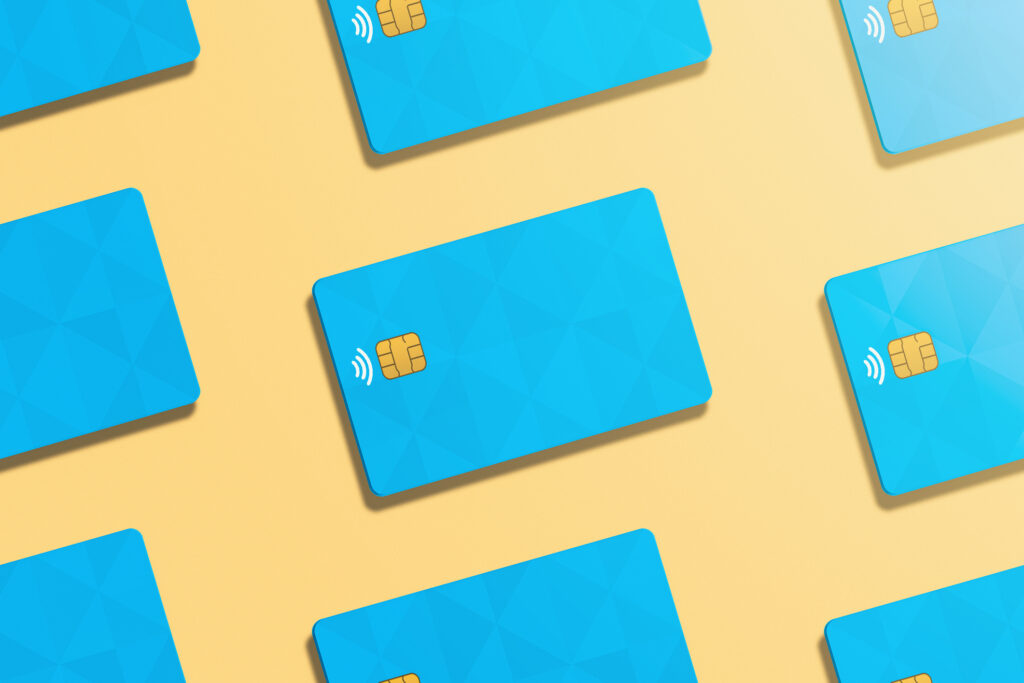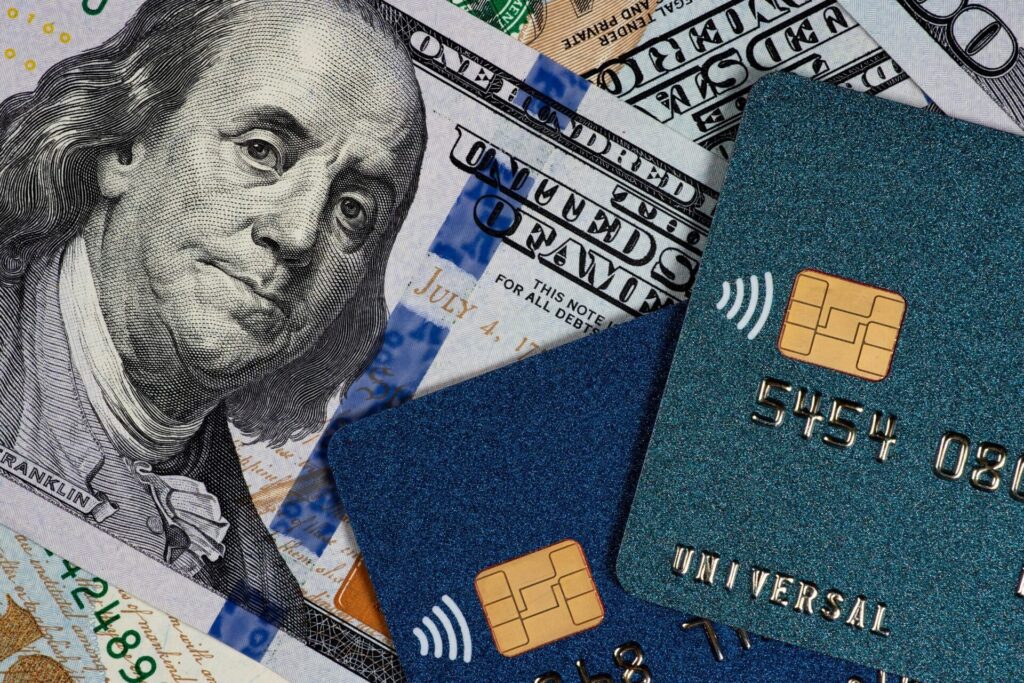Credit cards have become a key part of our financial lives, providing convenience, rewards, and a means to build credit. But beyond the familiar features, there are some under-the-radar aspects of credit cards that may surprise even the most experienced card user. Here are some lesser-known facts about them that might be useful at some future trivia night, and that you’re sure to think about in the future when you pull one out!
1. The first credit card was issued in 1950
The concept of credit cards isn’t as modern as you’d think. The first card was issued by Diners Club in 1950, mostly for use in restaurants. This OG card was initially made of cardboard and could only be used at select establishments. The idea of a universal credit card that could be used across various merchants didn’t gain traction until quite a bit later.
2. The magnetic stripe was an afterthought
That magnetic stripe on credit cards, which contains your account information, was not part of the original design. It was added later, in the 1970s, after IBM engineer Forrest Parry’s wife suggested using magnetic tape, which was used in cassette tapes at the time, to store data on credit cards. This simple but groundbreaking addition revolutionized the way transactions were processed.
3. Credit card numbers follow a pattern
Credit card numbers are not random strings of digits. They follow a specific pattern governed by the Luhn algorithm, a mathematical formula used to validate a variety of identification numbers. This algorithm helps ensure the accuracy of credit card numbers and aids in preventing errors during transactions.
4. Credit card debt can affect your health
Financial stress, particularly related to credit card debt, can have a significant impact on your overall health. Studies have shown a correlation between high levels of debt and increased stress, anxiety, and even physical health issues. Managing your credit responsibly is not only good for your financial well-being but also for your overall health. Here are some tips for how to pay off your credit card debt so you can make a plan to be free of the stress of it.
5. Grace periods aren’t universal
Many credit cards offer a grace period during which you can pay your balance in full without accruing interest, not all cards work this way. Some cards start accruing interest from the moment a purchase is made. Understanding the terms and conditions of your credit card can help you make informed financial decisions.
6. Credit card fraud isn’t usually your problem
In cases of credit card fraud, consumers are generally protected from liability. Federal law limits your liability for unauthorized credit card charges to $50, and many credit card companies go above and beyond this by offering zero-liability policies. Reporting lost or stolen cards promptly is important to maintaining these protections.
7. Credit card companies want you to pay more than the minimum
While credit card companies may suggest a minimum payment amount, they encourage you to pay more. By paying only the minimum, you’ll end up paying more in interest over time. Credit card companies are, after all, in the business of making money via interest charges.
8. Closing a credit card can affect your credit score
The length of your credit history is a factor in determining your credit score. Closing an old credit card—or any credit account—may shorten your credit history, potentially impacting your credit score. Before closing a credit card, look into the potential effects on your credit profile.
The bottom line: surprising facts about credit cards
Credit cards hold more surprises than meets the eye. From their historical evolution to the algorithms governing their numbers, credit cards are more than just tools for transactions—they are intricate financial instruments with a fascinating background. Some of these facts are interesting trivia, and others can empower you to make informed decisions to manage your credit wisely, and navigate the world of credit cards with confidence.










